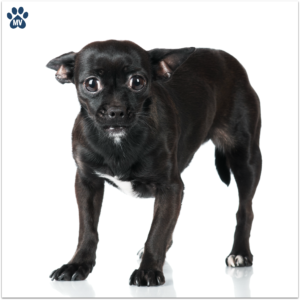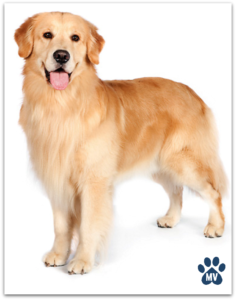 In my years of teaching new pet groomers, I’ve seen hundreds of dogs take advantage of a new students. Dogs pull, squirm, whine, snarl… and bite. I’ve seen many students frustrated to the point of tears.
In my years of teaching new pet groomers, I’ve seen hundreds of dogs take advantage of a new students. Dogs pull, squirm, whine, snarl… and bite. I’ve seen many students frustrated to the point of tears.
Then a miracle happens.
An instructor will walk over to the pet and gently take over for the student. Suddenly, this challenging pet turns into a perfect angel. The students’ jaw drops. A moment in stunned silence passes before the student exclaims, “How did you do that?!” The answer is simple:
Energy.
Dogs have keen senses and an uncanny ability to pick up on our energy and our confidence. They read us clearly even when we don’t think we are connecting to them. In the example above, the dog picked up on the instructor’s energy without a word having to be said.
Dogs are primarily nonverbal communicators. They have a language of their own. They are very clear in the messages that they give us. It is up to us to be able to interpret that language.
The #1 rule when working with pets is to remember the three C’s. As a professional you must remain: Calm, Cool, and Collected in ALL circumstances. The second you step out of this energy mode, the dog pet will know it.
Dogs are hardwired to think like dogs. They need a pack leader. If you do not exude the three C’s, dog language translates that to “poor leader.” The pet will not follow you. It will not cooperate with you.
So how do you gain the upper edge in this situation? Believe it or not, it all starts with your BREATHING.
I know it sounds far-fetched. How could something we do without conscious thought help in this situation?
To create a calm, cool, and collected energy, you need to be cool, calm, and collected. Deep breathing allows you body to channel that calm and focus. To make it happen, your breaths need to be deep and saturating. Breathe in slowly and deeply through your nose. Draw in the air and feel it fill your lungs. Now exhale slowly through your mouth. The most important part of deep breathing is to regulate your breaths. Three to four seconds in. Three to four seconds out.
Try it. You will feel the oxygen saturating your body. Tension begins to leave your shoulders. You will start to feel more relaxed almost immediately.
 Deep breathing can release stress and provide other noticeable health benefits. You will likely feel calmer after performing deep breathing exercises, and may trade feelings of anger or fear for a focused, relaxed state of mind. Most dogs will totally gravitate to this energy in a very positive way.
Deep breathing can release stress and provide other noticeable health benefits. You will likely feel calmer after performing deep breathing exercises, and may trade feelings of anger or fear for a focused, relaxed state of mind. Most dogs will totally gravitate to this energy in a very positive way.
I firmly believe that 98% of all dog bites are preventable by reading the animal correctly and taking the appropriate precautions to protect yourself while gaining humane control over the pet. Your hands are your livelihood. You must take utmost care not to let your hands become injured.
Every pet is an individual with different physical and emotional characteristics. Some dogs receive clear directions and boundaries at home, making them very easy to work on in a professional setting. Other pets will not have the skills necessary to be well-mannered candidates in a professional grooming setting.
The personality quirks that you’ll experience while working professionally with pets will range from dogs that are perfect angels, to dogs that are mildly annoying, to dogs that could be potentially dangerous to work on for both the handler and to the pet itself.
Whenever working with pets it is always critical to remember the 3 C’s. As a professional you must remain calm, cool, and collected in all circumstances. And don’t forget to BREATHE.
Whenever you have a dog on a table or in your grooming facility, you must use humane, respectful, and consistent training messages. The more you can learn about dog psychology and combine it with actual experience, winning the control and the respect over the dogs will become second nature.
Always remember that dogs are primarily silent communicators. Excessive talking or giving of commands is not necessary to effectively communicate with them. Much of your control can come from maintaining the Three C’s – Always remain Calm, Cool, and Collected while working with any animal.
Any time you feel you are losing control of the three C’s, it’s time to step away from the grooming table and take a break. Breathe. Only when you can totally regain your composure is it time to step back and begin your work again.
There are many videos on Pet Handling in the Learn2GroomDogs library. Also my blog on Rating Dog Personalities is very helpful when determining how to rate personality and behavior in dogs.
Happy trimming!
Melissa
 What did you think about these ideas? What do you do that works great for you? Jump on the Learn2GroomDogs.com Facebook page and tell us about it.
What did you think about these ideas? What do you do that works great for you? Jump on the Learn2GroomDogs.com Facebook page and tell us about it.


